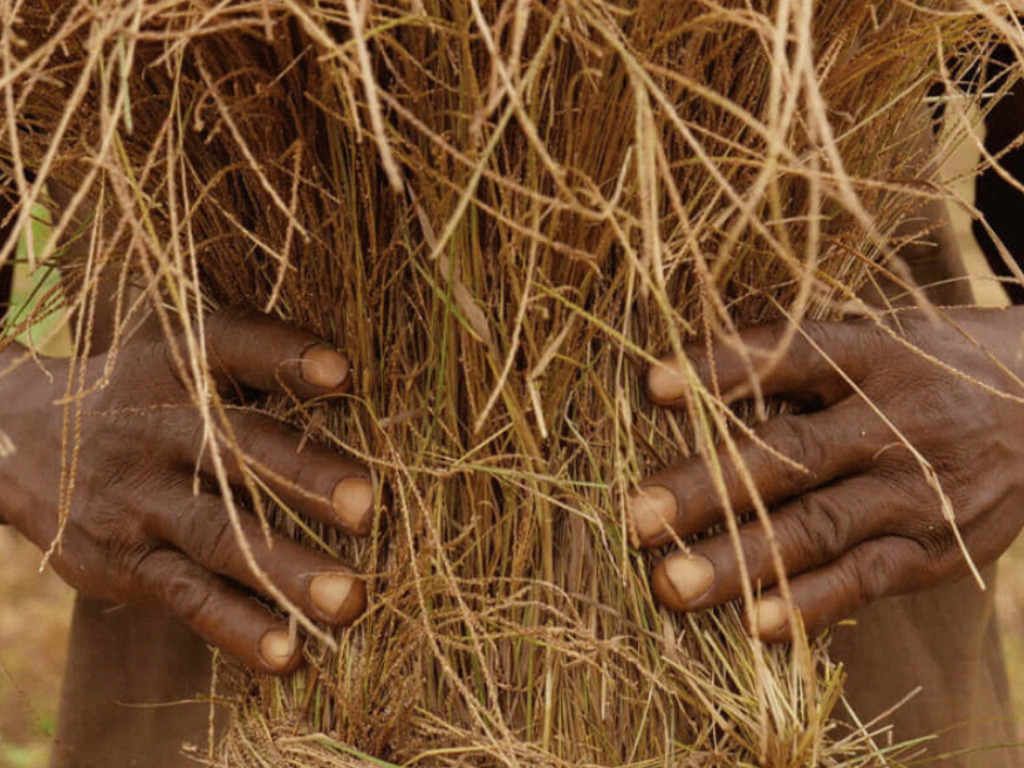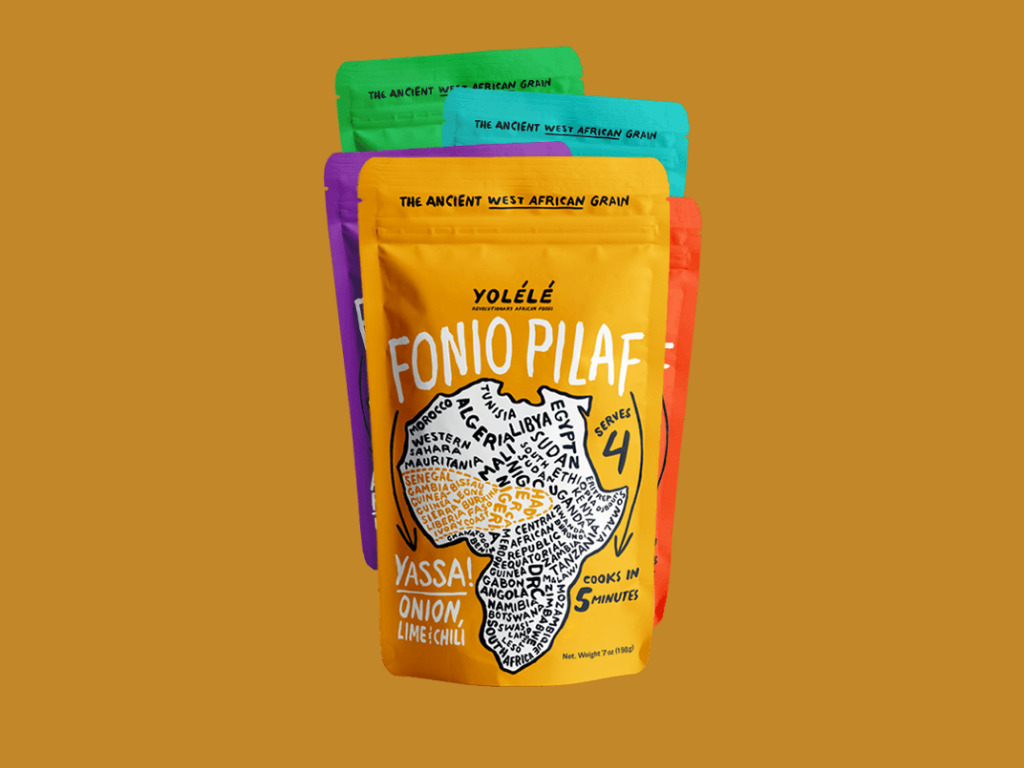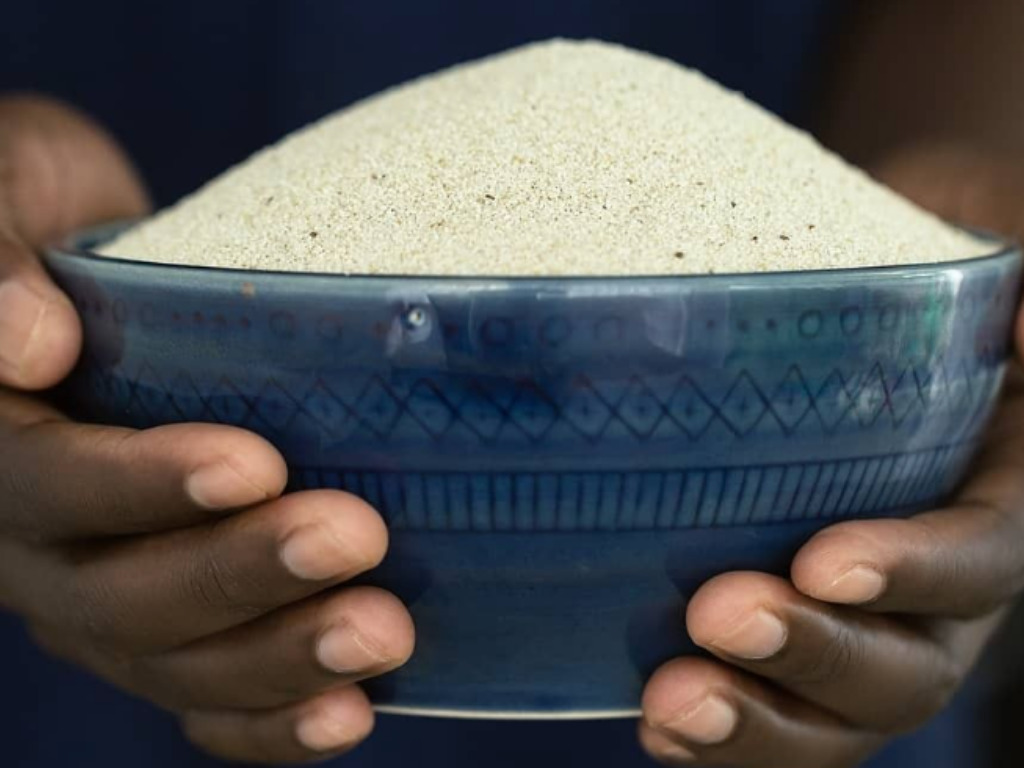3 Mins Read
Undervalued and little understood outside of West Africa, fonio is a superfood waiting in the wings for its star moment. A viable alternative to quinoa and couscous, the gluten-free grain is a powerhouse of potential. Its benefits reach further than nutrition, with commercial production offering a sustainable living for farmers, not to mention that fonio is incredibly climate resilient. Now considered a priority crop, fonio is becoming available throughout the world.
As a grain, fonio is versatile, nutritious and easy to work with. It can be added to a variety of dishes to thicken and bolster or prepared and eaten as a standalone dish. It can even be ground into flour for use in baking. But what exactly is fonio and why should everybody be stocking it in their kitchens?

What is fonio?
Fonio is part of the millet grain family. It comes in black and white varieties, with each being grown in different regions. It is thought to be West Africa’s oldest cultivated cereal and can be grown in locations where other crops would fail. It’s a hardy grain, prospering in climate change affected regions and remaining drought-resistant. It gives back to the soil it uses, supporting biodiversity and has avoided exploitative commercialisation so far, due to its processing complexity. It is a recognised future food.
How is fonio processed?
By hand. This is what makes it unappealing for greedy producers. Farmers use a traditional sickle to harvest the grain. It is removed from its stalk and a pestle and mortar is commonly used to break down the husk. Washing and distilling takes place as a final step. West African farmers currently grow around 700,000 tonnes of it per year as a source of income.
How does it grow in ineffective locations?
Fonio benefits from long root systems that can source water deep below even the sandiest and driest of soil beds. It can withstand heat, droughts and extreme weather events, making it climate-resilient. Its quick maturity makes it a popular staple when other crops have yet to come to fruition- fonio is ready to harvest in six to eight weeks. As the climate crisis worsens, we will need more grains like fonio.
Are there any health benefits?
As a whole grain and complex carbohydrate, fonio has numerous health benefits. The naturally high levels of calcium it contains makes it ideal for vegans and lactose allergy sufferers. Whole grains, as a food group, have been linked with weight management, blood sugar control, heart health and lower cancer risk.
Read: 5 Reasons Why We’re Obsessed With Ethiopian Food

What about socio-economic benefits?
By supporting fonio sales, smallholders in West Africa will be given a reliable source of income. This will prove exceptionally vital in the Sahel region, which is a highly vulnerable location. For global consumers, buying fonio will become simpler thanks to a recent $1.98 million funding round closed by Yolélé.
An African food brand, Yolélé, owned by Chef PIerre Thiam, will use funds to build a traceable supply chain that will guarantee non-exploitation of fonio farmers. It will seek to promote the grain as a new superfood to wealthy nations and create sustainable demand.
How can fonio be used?
Basically, however you want. It tastes nutty and earthy, not unlike couscous, so is a good base for any meal. It offers an easy swap for rice, quinoa and other grains and can be prepared in the same ways. It absorbs flavour well, which is why it is popular is soups, stews and porridges.
A grain that tastes good ,benefits the body and supports the smallholder economy in West Africa. Fonio does it all and does deserve a place in your pantry and on your plate.




